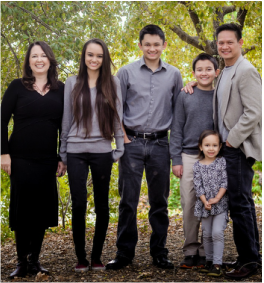 At the end of another year and at the zenith of the Winter Solstice, we reflect on how we had spent our days. We take inventory of our personal well-being, the value of our work, and the quality of our relationships. We assess how much time we were able to spend with our families. This past year, in running a home business and in home schooling, I am grateful to have reclaimed precious family time. In the pre-Industrial Age of the New World, families worked and schooled together. It wasn't an easy life. They most certainly struggled through hardships we can't even begin to imagine in our modern culture. Frontier homes dotted the harsh landscape, and each member of the household tended to a crucial piece of survival. Whether it was growing crops, raising livestock, baking bread, spinning, carding, and weaving wool for clothing, educating the youngsters, and developing skills for barter and trade, it all centered in the home. Despite the hardship, what they had (without really knowing how precious it was then) was time together. Then the hammer and steel of the Industrial Revolution forged a world economy, and the family dynamic began to shift. Cottage industries were born, families worked for textile distributors and family members worked outside the home. The kids had to be schooled elsewhere. People - parents - were pulled away from a family-centered life to a work-centered life. Globally, the industrialized nations mobilized a work force that was determined to race against each other. To make a living. To make ends meet. Commerce created job opportunities, new technologies, and amazing advancements in all fields. Economies grew and flourished but it was family time that shrunk and dwindled. It is now a scarce commodity. What we don't have (knowing how precious it is now) is time together. Lack of time is distressing. We often express the common sentiment, "There aren't enough hours in the day!" Because our time is parceled out to all the important stuff of our lives, it feels like we are running from one thing to the next, feeling guilty when we are engaged in work, feeling rushed when at play, feeling pressed when making dinner. A fraction of our time here, a fraction there. It takes a lot of effort to be fully present for self, for work, for the kids. This year was a time of new beginnings for our family. This year, our part-time businesses became full-time. Combined with home schooling, the rhythm of daily living changed. We experienced a paradigm shift. It feels like something of the frontier families of yore, minus the livestock. In taking inventory of how we spent our days, it seems that we have reclaimed more family time. My wife and I had previously been employed by school districts and other companies in various capacities. Not being major risk-takers (we are both first-born - you know, conservative, responsible), we preferred the security and stability of traditional jobs. It was what our parents modeled for us, it was how providing for family was done. Yet, we have always had some pull towards entrepreneurship, to do something on our own, in our own way. Our love of arts and crafts, design, and teaching, and sharing our passion for these things with others was motivation to delve into home-based business. This is how Syrendell grew. And if one home-based business was not enough, we also started Reverend Tan - our wedding business. This stemmed from the joy of our own wedding 21 years ago with a gracious officiant who helped us customize the wedding words that reflected us as a couple. Our approach with our clients is to provide that level of personal touch to accommodate mixed faiths, cultures, and partnerships. Reverend Tan has also grown. With both businesses going full-time, we are thankful and elated. The adventure of home schooling has always been exciting for us. Our children have been in public and private schools, which contributed to the overall educational experience our children received. But it is the pure happiness of home schooling, of learning and experiencing the world together, that we cherish. Perhaps the drive of doing something on our own, in our own way, just as it was for starting a home business, is the same impetus for choosing to school at home. More parallels exist: home school and home business both allow for unbounded creativity, flexibility and spontaneity; both foster imagination, inspiration, and innovation; both are responsive to the currents of a dynamic culture; both, in Waldorf-speak, stretch our thinking, feeling, and willing. Ultimately, our combined adventure into home school and home business has allowed us to reclaim more family time. Under the same roof, we are accomplishing curriculum as well as commerce. We are designing main lesson pages as well as website pages. We are, in the same room, checking math and checking emails. We are playing harp for seasonal songs for our children and playing harp for processional songs for our couples. We go on a nature walk and gather pine cones to appreciate their beauty, which later become table decor at a wedding reception. Or vice versa, flowers from a wedding come home to become subject matter for scientific illustration. Certainly, it's not all glorious and seamless. There are challenges, there is a lot at stake, there are risks - but this is part of small business, and home schooling. Channeling the inner frontier family, we could only hope to have as much courage, determination, and perseverance. In taking on home school and home business, Jennifer and I are finding fulfillment, reclaiming precious time with our family, and nourishing our creative spirits. A family-centered life can only make us better people - for ourselves, our children, and one another. To all of you who lead a family-centered life in your own way, blessings and best wishes. Happiest Holidays and an Enchanting New Year! Rudolf Steiner College hosts programs that offer individuals young and old the Waldorf experience of thinking, feeling, and doing. The Craft Corner for children delivered just that! Organized by Rudolf Steiner College and Waldorfish co-founder Robyn Wolfe, the event gathered instructors for a day of holiday crafting fun. Syrendell's Rick and Jennifer Tan were happy to offer watercolor card making, needle-felting ornaments, and making custom-blended bath salts and herbal teas. Other instructors offered wood-working, wet-felting, and baking to make it a memorable treat for the youngsters.
At the end of the classes, the students gathered at the beautiful Stegmann Hall on campus and they gift-wrapped many of their creations to give as gifts for friends and family. It was truly a special day for them and for us! We would like to extend a special THANKS to our friend Judy Forster of Pine Lake, Georgia, for donating gorgeous, luminous hand-dyed wool for our needle-felting project! Check out her Etsy Shop. The eighth grade teacher of East Bay Waldorf in El Sobrante, CA, was in the classroom preparing for his new block on the Industrial Revolution. I came in to say hello, excited and nervous about starting my first day at a Waldorf campus as the specialty math and science teacher. Mr. Loubet turned away from the blackboard with a smile and piece of colored chalk in hand. He had kind eyes and a welcoming smile, and when he returned to his work, my attention went to the blackboard. It took me a moment or two to realize what I was looking at: an Impressionist-style scene of a European city, 4 feet tall by 5 feet wide, rendered in chalk. Blackboard chalk! It was remarkably beautiful and colorful and alive. (It was worlds away from the white chalk my teachers used to make me learn spelling words on the board!) Mr. Loubet's chalk drawing radiated with warm, loving light. It was more than art, it was a beacon of creativity, human striving, and Waldorf wonder. That morning, Mr. Loubet inspired me to regard blackboard chalk drawing as a blessing and meditation, as well as an art form to engage us in the appreciation of learning. So in the years that followed as a Waldorf teacher, I approached every chalk drawing as an opportunity to connect to the curriculum and the children. Every drawing was mindfully chosen and meticulously executed. Every drawing told a story and taught a concept. Every drawing was a labor of love, nearly three hours of my weekend spent in the classroom to be ready to signal a new block. I would return home covered in chalk dust. And when the end of the block came, usually 4-5 weeks later, I would then erase the drawing, and get the board prepped for a new one. Three hours to draw, three minutes to erase! It is the way of Waldorf Chalk Art. It was meant to be transient. Like Tibetan sand mandalas. Like life itself: it is born, it is precious, it returns to the earth, like (chalk) dust in the wind. One chalk drawing was difficult to part with. It was my rendition of Leonardo da Vinci's The Last Supper. It took me not three hours to draw, but instead twelve hours - half of my Sunday on a weekend before the
I hope that, in the classrooms I was grateful to be in and for the students I was happy to teach, the transient nature of my chalk drawings had made some kind of impact, in just the same way that Mr. Loubet's kindness and artistry had made a mark on me. Wilson was super proud of his pencil drawing. Working with black and white pencils on toned gray paper, he created this really cool illustration reminiscent of Renaissance-era sketches and drawings. This style of drawing is an exercise in light and shadow, which is perfect for middle school-aged students in Waldorf as it aligns with the curriculum, and equally perfect for any student working on shading and realism. Unlike drawing with black pencil on white paper, using toned gray paper allows the artist to modulate light and shadow with both black and white colors, giving depth and glow to the work. It takes sensitivity to tonal values to transition from black to white and vice versa. The subtle technique of shading takes practice. When you further add contrast to the work by putting dark and light side by side, the piece really pops!
|
Archives
June 2023
|

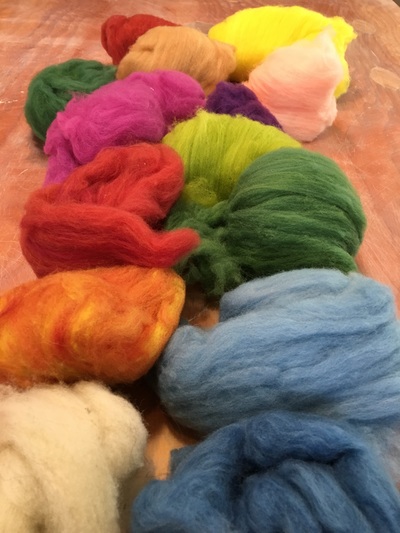
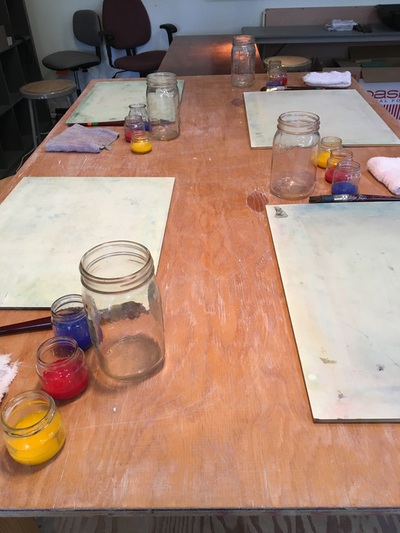
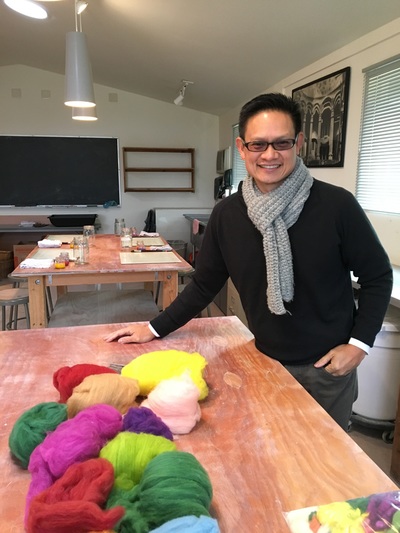
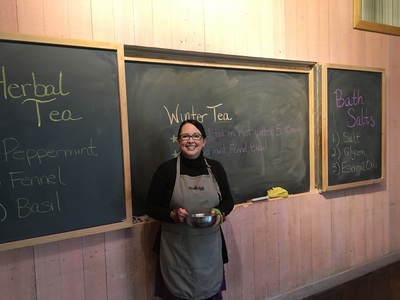
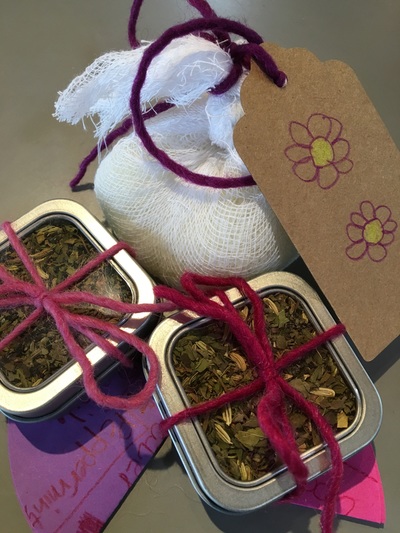
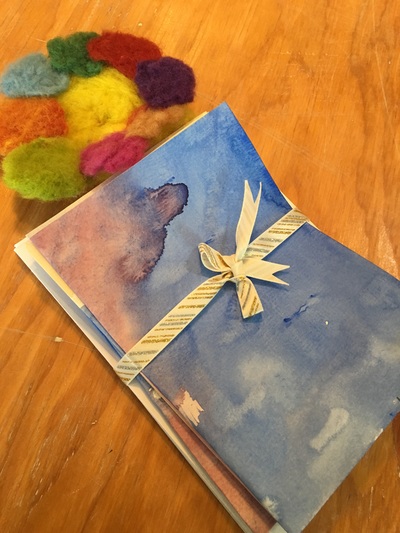

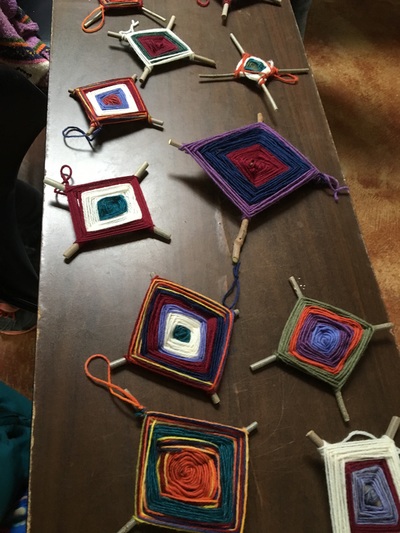
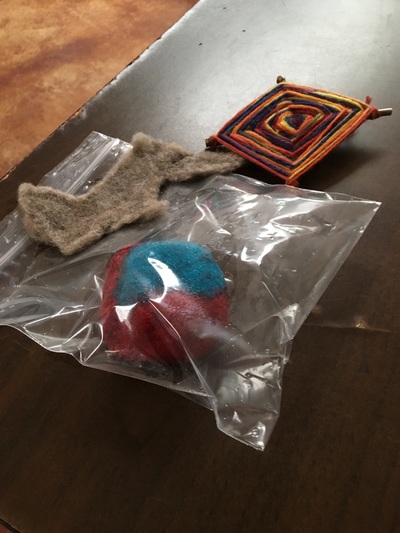
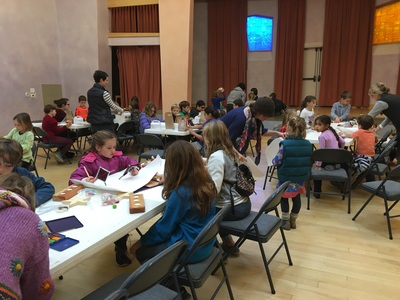
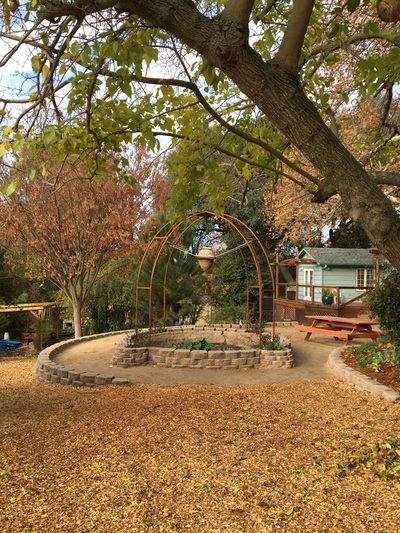
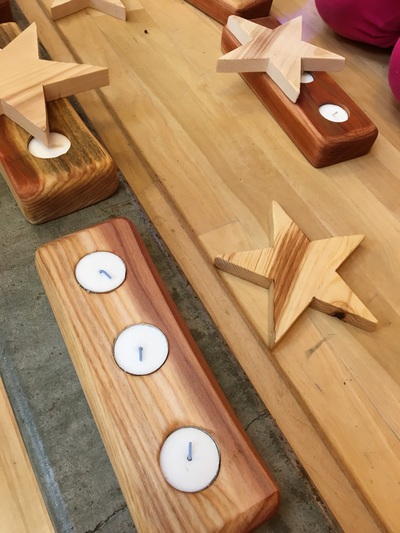
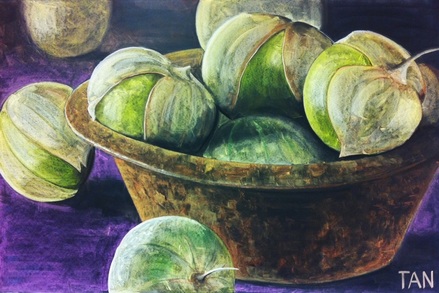
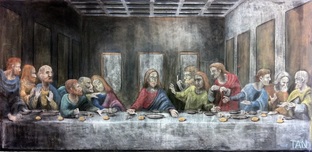
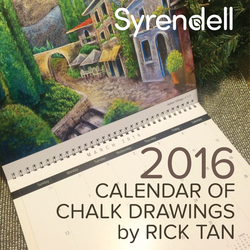
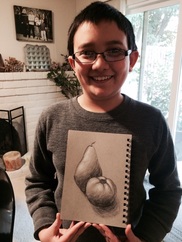
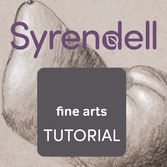
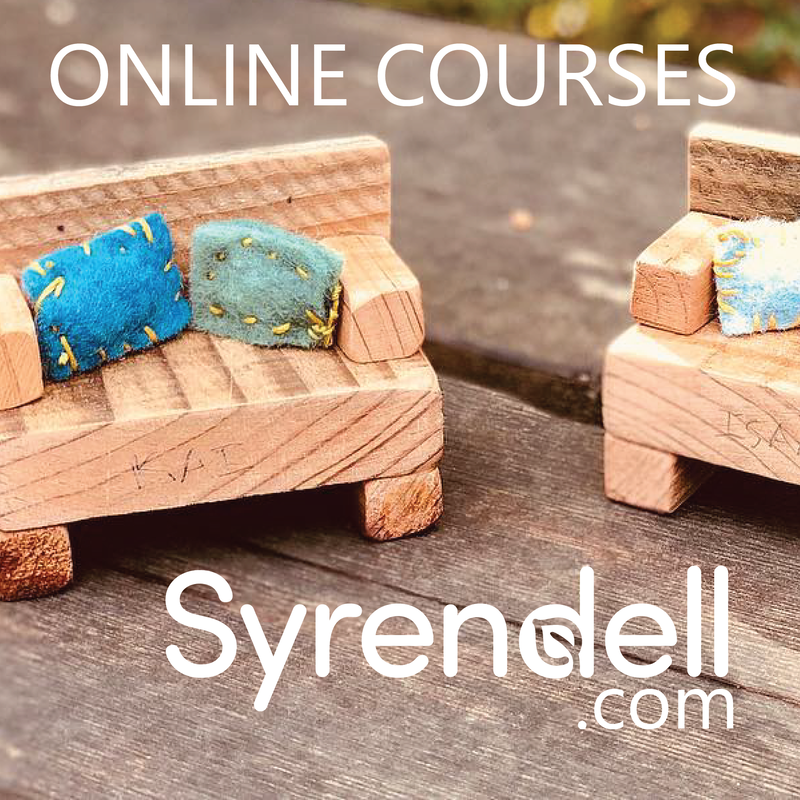
 RSS Feed
RSS Feed
